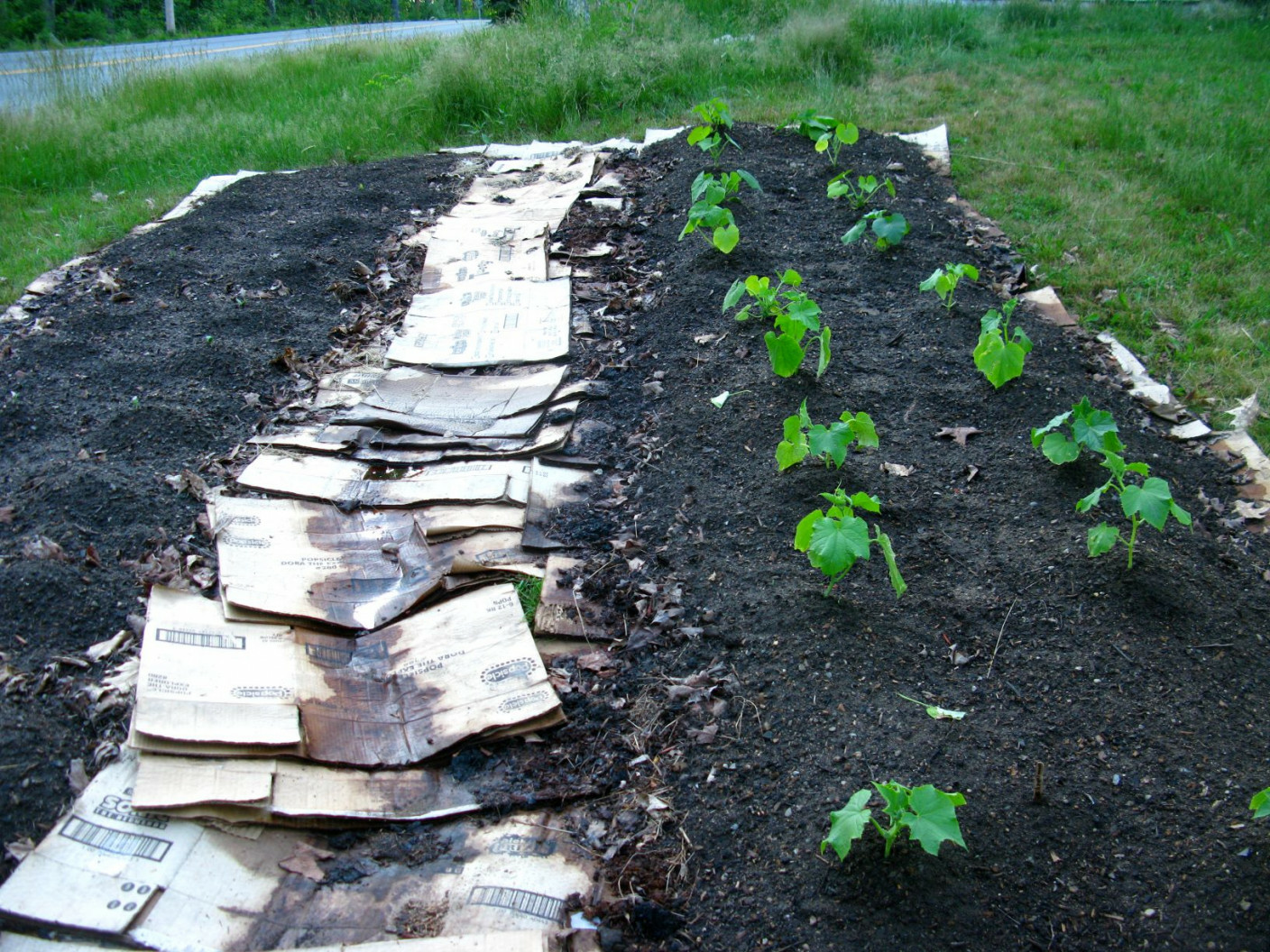
No Dig Gardening: Preparing the Soil Without Digging Up
"No-Dig" or "No-Till" is a soil-friendly method from permaculture. Gardeners deliberately refrain from digging up the soil. Why you should not dig up your garden soil and what advantages the no-dig method has, you will learn in this article. In addition, there are some exceptions in which it can be useful to dig up the garden soil.
This Article Contains:
- No Dig Method: Gardening With Nature
- No Till Gardening: Create Fertile Soil Without Digging Up
- Advantages of the No-Dig Method
- Sheet Mulching: Creating Beds Without Digging
- Create Lasagne Beds: Instructions for Sheet Mulching
- Care of the Lasagne Bed: What You Need to Consider
- Planting Your No Dig Bed
- Ideas for Your No-Dig Bed: Mixed Crops
- Common Questions About the No-Dig Method
Quick Overview
Advantages of No-Dig
- Promotion and activation of soil life
- Improvement of the soil structure and protection of the soil structure
- Suppression of weeds
- Higher yields
- Less physical work and time
Create a Lasagne Bed: Instructions
- Mow and level the area
- Water the area. Add a thin layer of compost to the turf
- Lay down a layer of unprinted cardboard. Wait a week for the composting to start
- Alternate layers of brown and green material. Brown layers twice as high as green layers
- Layers lose volume due to decomposition. Make them at least twice as high as you want the bed to be
- Apply a layer of mulch. This must be renewed again and again
No Dig Method: Gardening With Nature
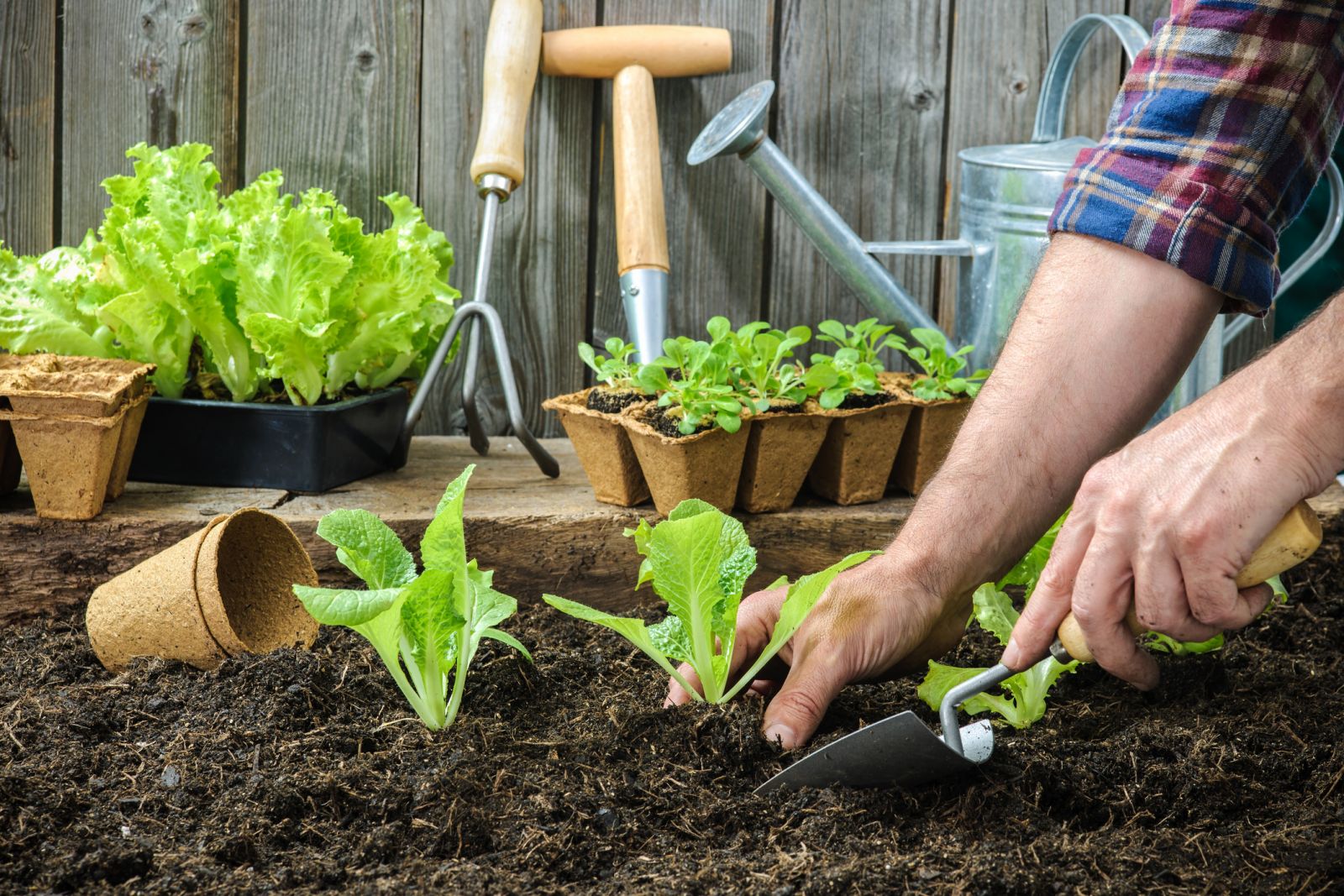
The Japanese microbiologist and farmer Masanobu Fukuoka developed the philosophy of "do-nothing agriculture". This is based on the assumption that nature can sustain itself without any human intervention. All man has to do is leave nature to its own devices. After years of observing his garden, he developed several Permaculture Methods. The No-Dig method is based on Fukuoka's concept of natural and ecological agriculture with natural self-regulating cycles. The Englishman Charles Dowding developed, applied and spread the No-Till method in our latitudes.
Soil-Friendly Alternative to Digging
With little investment of time and resources, anyone can grow and harvest fruits and vegetables in their own garden. The goal is to make the existing vegetation usable again and to create new beds in a way that is gentle on the soil. Even areas in your garden with moderate to poor soil quality or contamination can be "revitalized" in this way. In addition, this method is also suitable for areas where digging is not possible, such as a meadow with dense turf or a lawn.
No Till Gardening: Create Fertile Soil Without Digging Up
Digging up the garden soil is a widespread practice, but unfortunately it has one very big disadvantage: Digging over destroys the natural layering of the soil and upsets its structure. Soil conservation tillage preserves soil structure and stratification and keeps the delicate balance in the soil intact. This approach follows the principles of regenerative agriculture and focuses on working in a way that is gentle on the soil, thus preserving and promoting soil fertility and soil life.
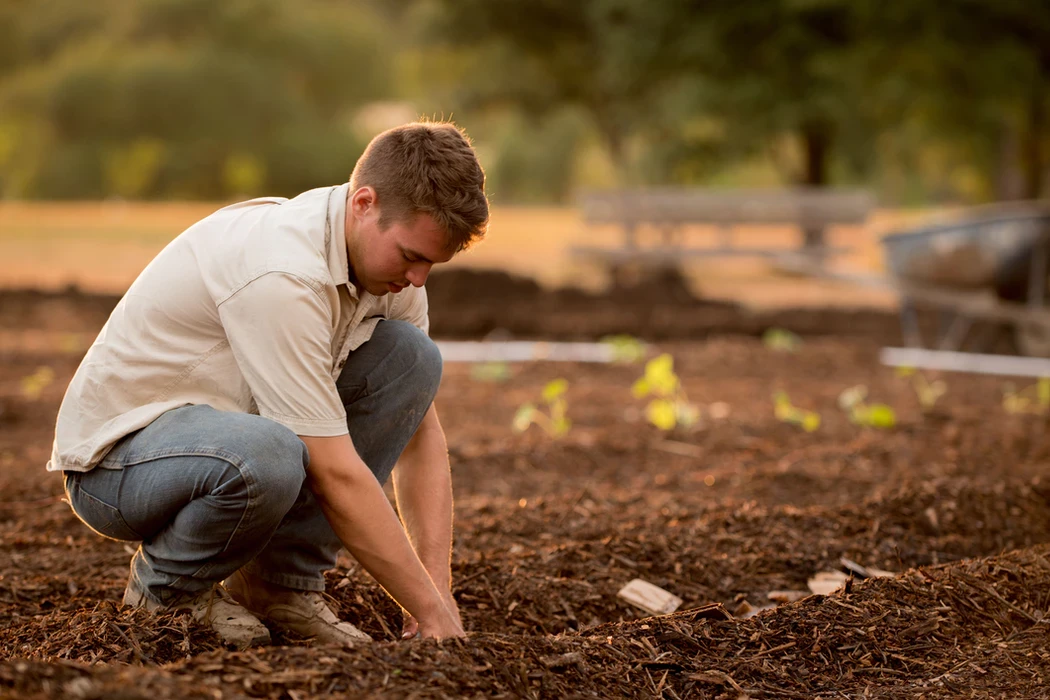
Advantages of the No-Dig Method
Promotion of Soil Life and Biological Activity
With sheet mulching, you provide a veritable feast for the microcosm in the soil. Biological activity increases because all the organic material is converted.
Protection of the Soil Structure and Improvement of the Soil Structure
The sensitive soil structure is preserved and the biological activity increases. A loose crumb structure is created through humus build-up and decomposition. The improved soil structure in turn has a positive effect on the water and nutrient holding capacity and thus on the crops.
Suppression of Weeds
By piling up new organic matter, the existing vegetation is cut off from the light and dies. In addition, virtually nothing grows through the first layer of cardboard. Only from the sides the wild weeds could settle on the surface or the seeds reach the new surface by the wind.
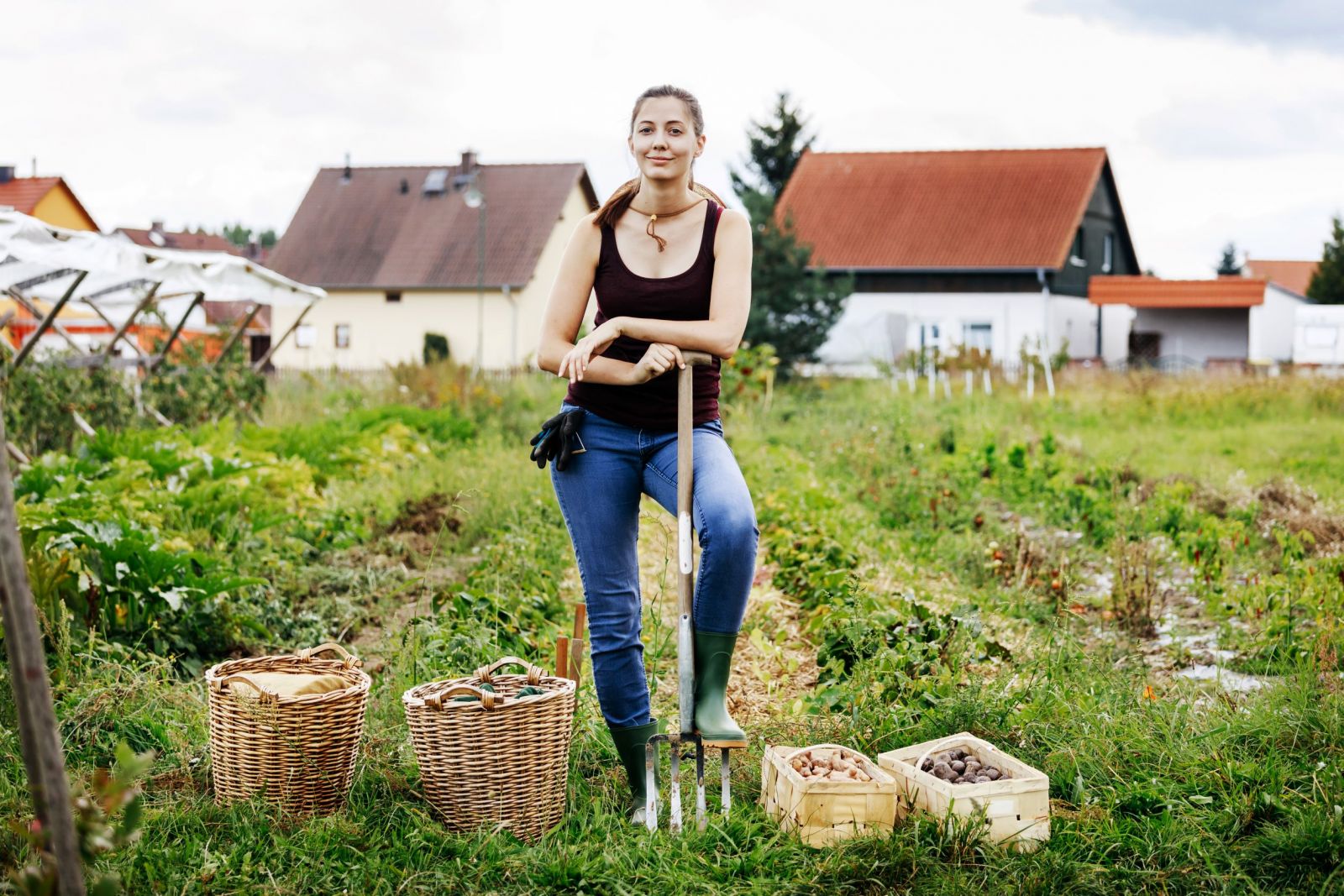
Higher Yields
Due to improved soil conditions, the plants find good growing conditions. In addition, high biological activity leads to increased heat formation in the soil, which benefits plant growth in the spring.
No More Digging: Less Physical Work & Effort
With the no-dig method, you avoid the strenuous and time-consuming digging. This not only gives you more time for other things, but is also easy on the back. No matter where - on the balcony or in the garden, on good or bad soil. This method allows you to place a bed anywhere. And with hardly any expenditure of time, money or effort.
Sustainable Gardening
No-dig beds are sustainable and good for the environment in many ways. In addition to maintaining soil health, you can also reuse any garden waste that is generated and put it back into the cycle.
Sheet Mulching: Creating Beds Without Digging
The basis of a healthy and productive garden is fertile soil. This in turn depends on soil life - from bacteria to earthworms that convert organic matter. Where there is organic material, there are also living organisms that convert it and make it usable for us. It's the same principle as compost. With sheet mulching, you utilise this knowledge. However, the composting process takes place directly on the bed. Composting is initiated by layering different organic materials. When layering, you alternate between nitrogen-rich material (green layer) and carbon-rich material (brown layer). With a little patience, the result is a wonderfully revitalised garden with fertile beds.

Share Ideas With Other Gardeners!
To exchange ideas with other gardeners and benefit from the experiences of others, you can visit our Fryd community. Get tips on the no-dig method from gardeners who have already tried this method.
Join Community NowCreate Lasagne Beds: Instructions for Sheet Mulching
What You Need for a Lasagne Bed:
- Organic material for the brown and green layers
- Brown layer: Straw, wood shavings, reeds, leaves, pine needles, leaves and other chopped wood and branches, cardboard (unprinted!)
- Green layer: manure, grass and vegetable cuttings, coffee grounds, compost, vegetables, fruit, tea leaves, tea bags and wild herbs.
Our tip: Wild herbs such as nettles accelerate decomposition and are rich in valuable nutrients!
Instructions:
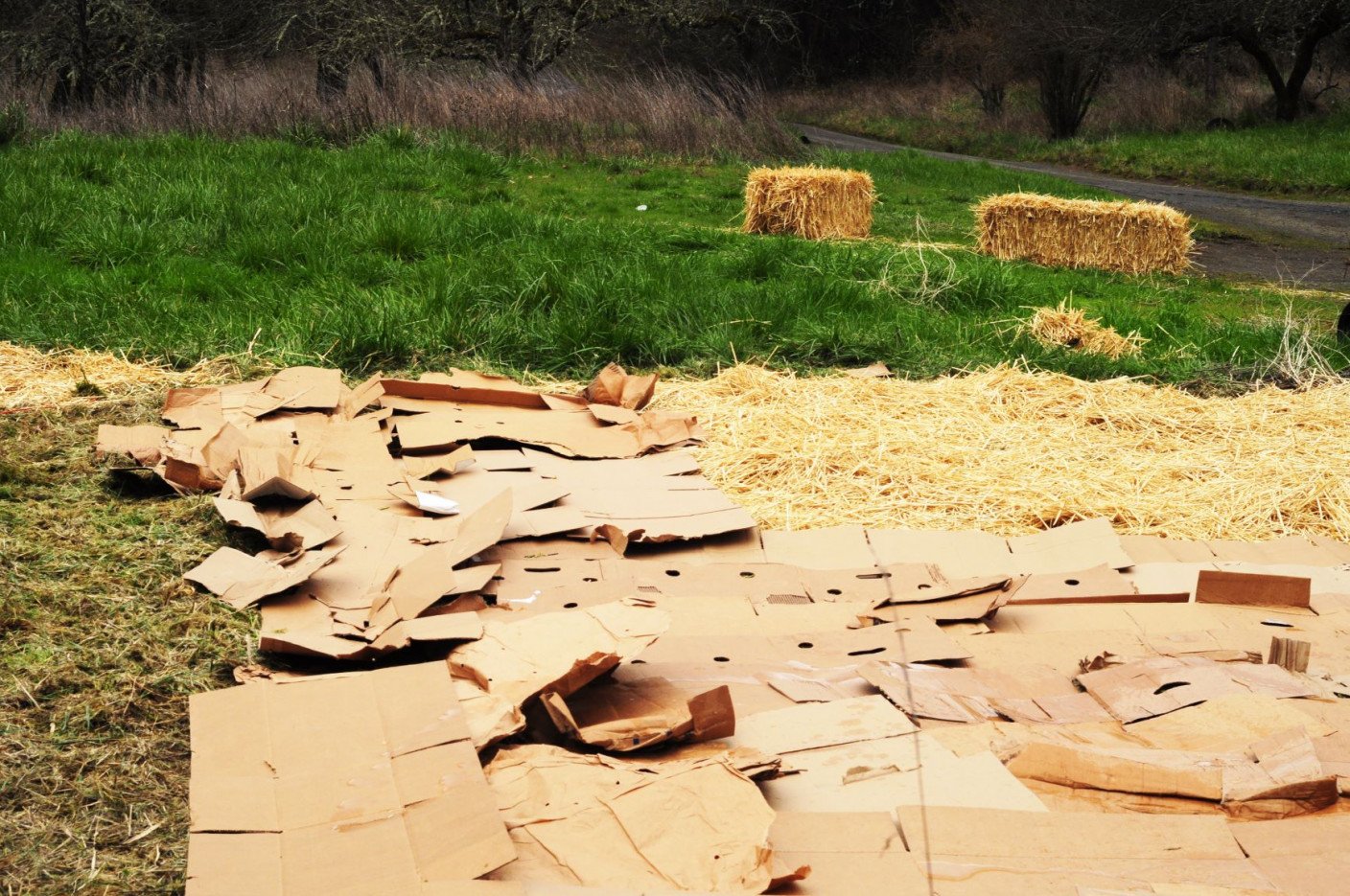
- Determine an area: Mow and level this area, water if necessary. Preferably one that needs soil improvement or is weedy. Optionally, you can add a thin layer of compost to the turf as a starter.
- The first layer is an insulating layer of material that is difficult to decompose. It serves as a kind of barrier to sunlight and prevents the existing vegetation from growing. Unprinted cardboard is suitable for this. But be careful! - The first insulation layer should not be too thick, as this can lead to oxygen-depleted conditions and thus rot in the soil. After you have applied the first layer, you should therefore wait about a week before applying further layers.

- A layer of brown and green organic materials is now alternately applied to the cardboard. As a rule of thumb, you can remember this: The brown layers should be about twice as high as the green layers.
- The decomposition process causes the layers to lose volume. You should bear this in mind when planning. The layers should be at least twice as high as the future bed. If you want to start planting straight away, you should add a layer of garden soil around 15 - 20 cm/5,9 - 7,8 in high.
- Finally, place a mulch layer of straw, grass clippings, bark mulch or chopped leaves on the bed. Make sure that there is always a layer of mulch. This will protect the bed from unwanted weeds and from drying out.
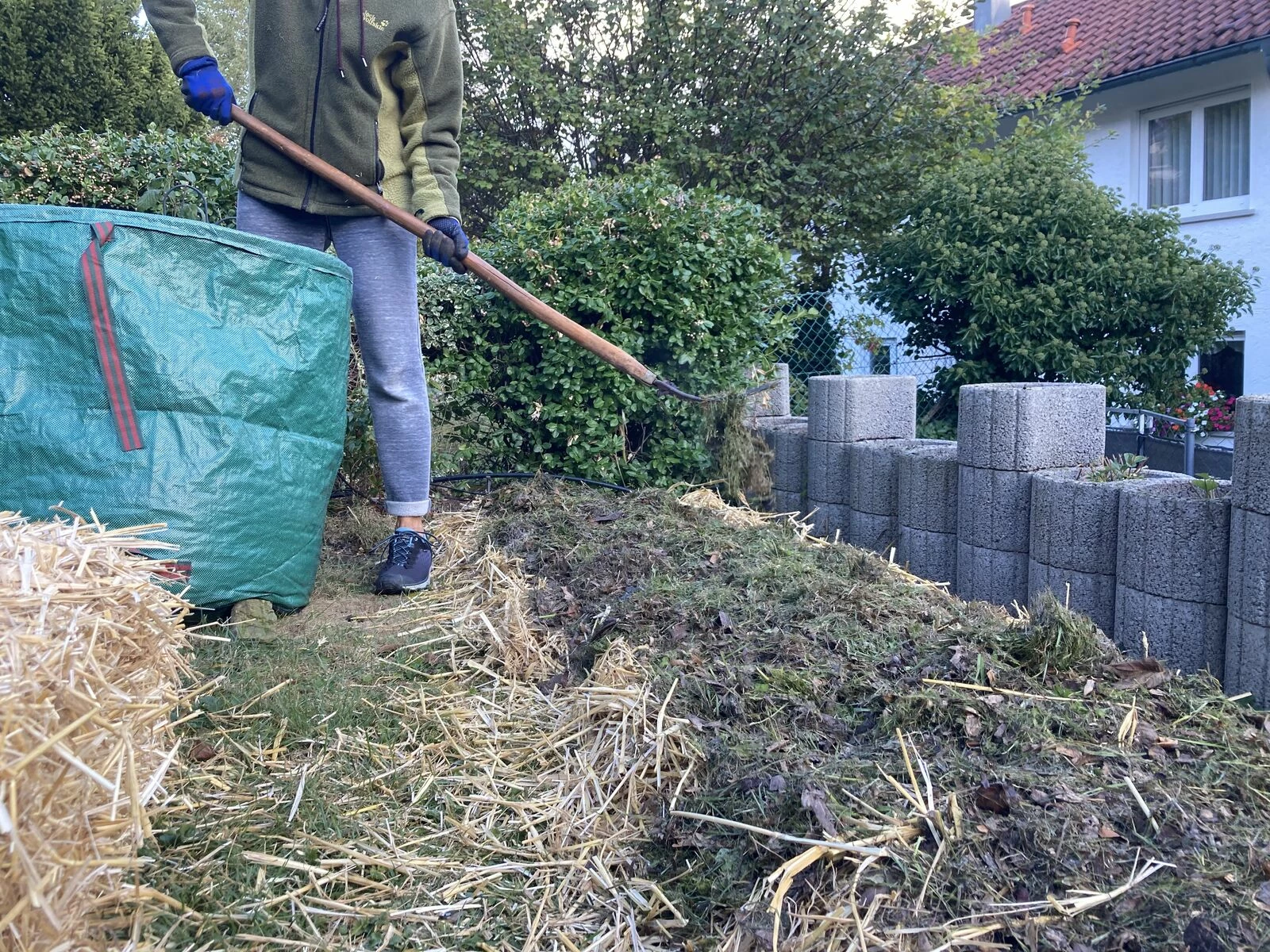
Care of the Lasagne Bed: What You Need to Consider
- Microorganisms need oxygen to decompose the layers of organic material. Make sure your lasagne bed has a sufficient supply of oxygen. It is important to wait a week after placing the insulation layer. This will ensure that it has already started to decompose and that there is enough oxygen on the soil surface.Otherwise, unwanted microorganisms will be attracted, causing rotting.
- Moisture is important for composting. If it is dry, you should water the lasagne bed sufficiently. The mulch layer also helps to prevent moisture loss.
- Check regularly that the bed is free of unwanted weeds. A layer of mulch can also help here. If one or two weeds do make it through the insulating layer, weed them out by hand.
- Other garden inhabitants such as snails and ants are often attracted by the leaf mulch. This is an advantage for the composting process. Later, when the area is used as a bed, they can become a problem. A slug fence can help here. Other garden pests such as voles also feel particularly at home in a lasagne bed.
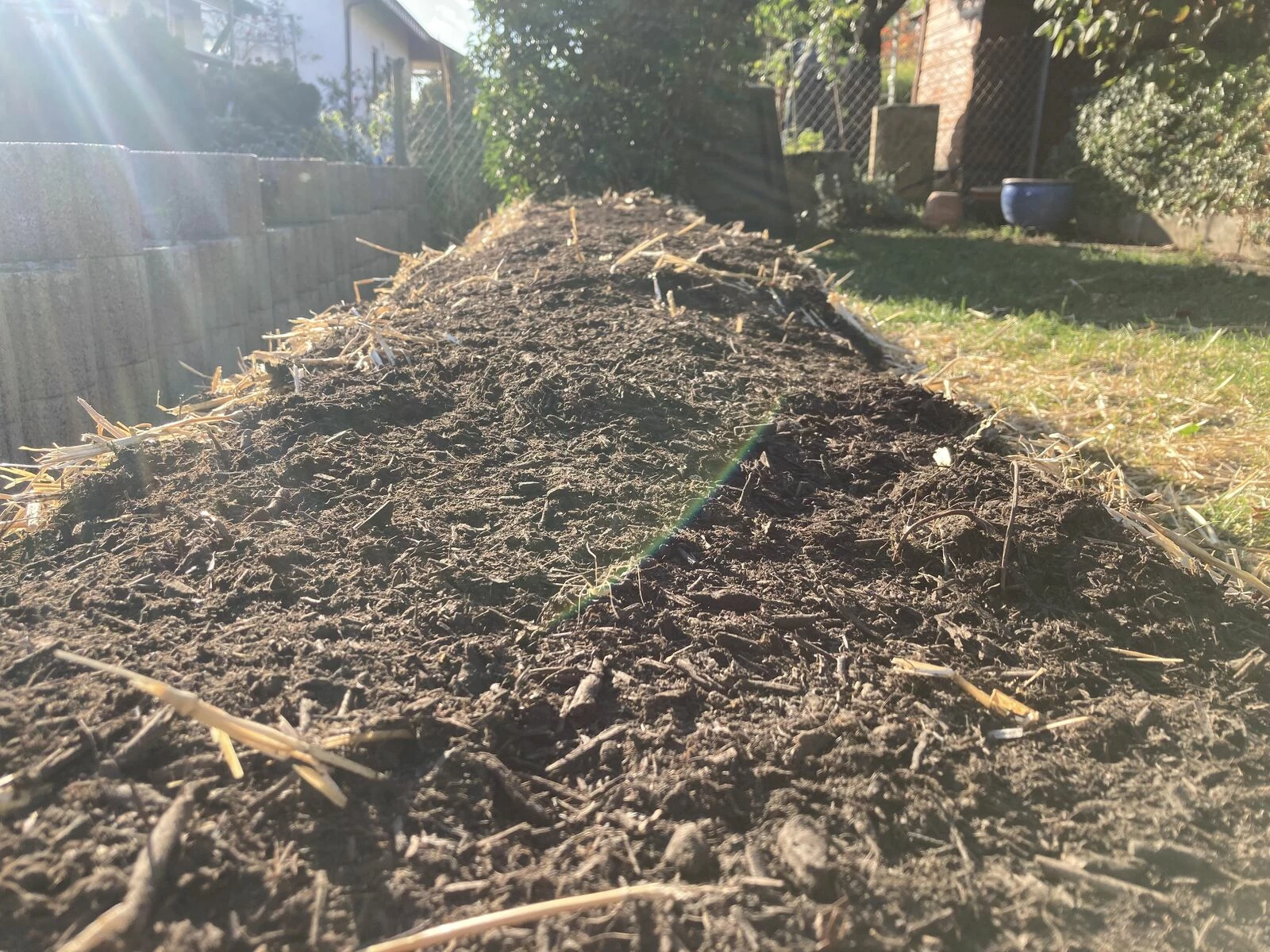
Planting Your No Dig Bed
- Avoid nitrate-enriching crops: Have you decided to plant your bed directly? Then there are a few things to bear in mind when choosing crops to start with. Decomposition releases large amounts of nitrate into the soil. During the decomposition process (first 1-2 years), you should therefore avoid growing nitrate-enriching plants. These include spinach, radishes, daikon and lettuce. Leafy vegetables in particular can store harmful amounts of nitrate in their leaves.
- Do not plant root vegetables: At the beginning, different layers of organic matter are stratified. It takes a while for this material to be converted by soil organisms. The bed is therefore not very deep at first and not suitable for particularly deep-rooted plants or root vegetables. It takes a few months for a loose crumb structure to develop.
- Plant heavy feeders: This is why heavy feeders such as pumpkin plants, tomatoes or cabbage are better suited for the beginning. These crops enjoy an extra portion of nitrogen and thrive better. After about one season, depending on the height of the lasagne bed, everything will have decomposed and it will be safe to grow low-yielding or nitrate-enriching plants. To plant the lasagne bed according to the principles of permaculture, you can use a mixed culture.
Ideas for Your No-Dig Bed: Mixed Crops
Here you will find inspiration for your mixed cultivation in the no-dig bed. Charles Dowding has created some bed plans and shared them with our community, so you can benefit from his years of experience.
We wish you success in creating your own lasagna bed and a bountiful harvest. If you have any questions or suggestions about sheet mulching, feel free to write to us at [email protected].
Want to get helpful gardening tips and plan your own beds optimally all year round? Then register here or download the Fryd app for Android or iOS.
Fryd - Your digital bed planner
Titelbild - Copyright CC BY-ND 2.0 by Ryan

Marie
Marie is an agronomist. She is particularly interested in the sustainable and organic cultivation of vegetables and other plants. In her own garden, she gained experience and likes to try things out to learn from nature. She is particularly interested in the values and principles of permaculture, in order to contribute not only to the well-being of nature, but also to the well-being of people and future generations.
Learn MoreCurrent Topics in the Community
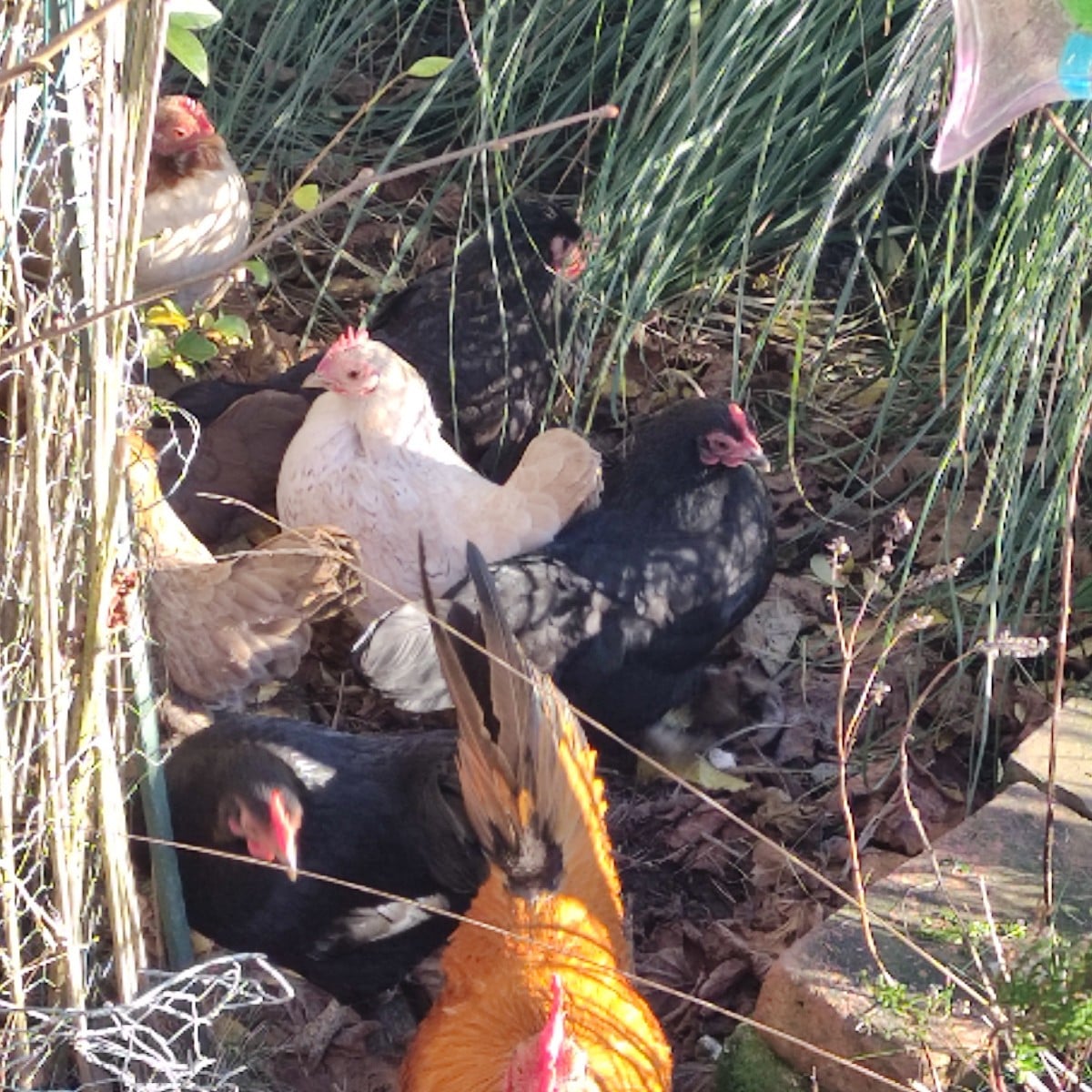
Liked 1 times
The chickens are not happy about the cold weather.
Show 1 answer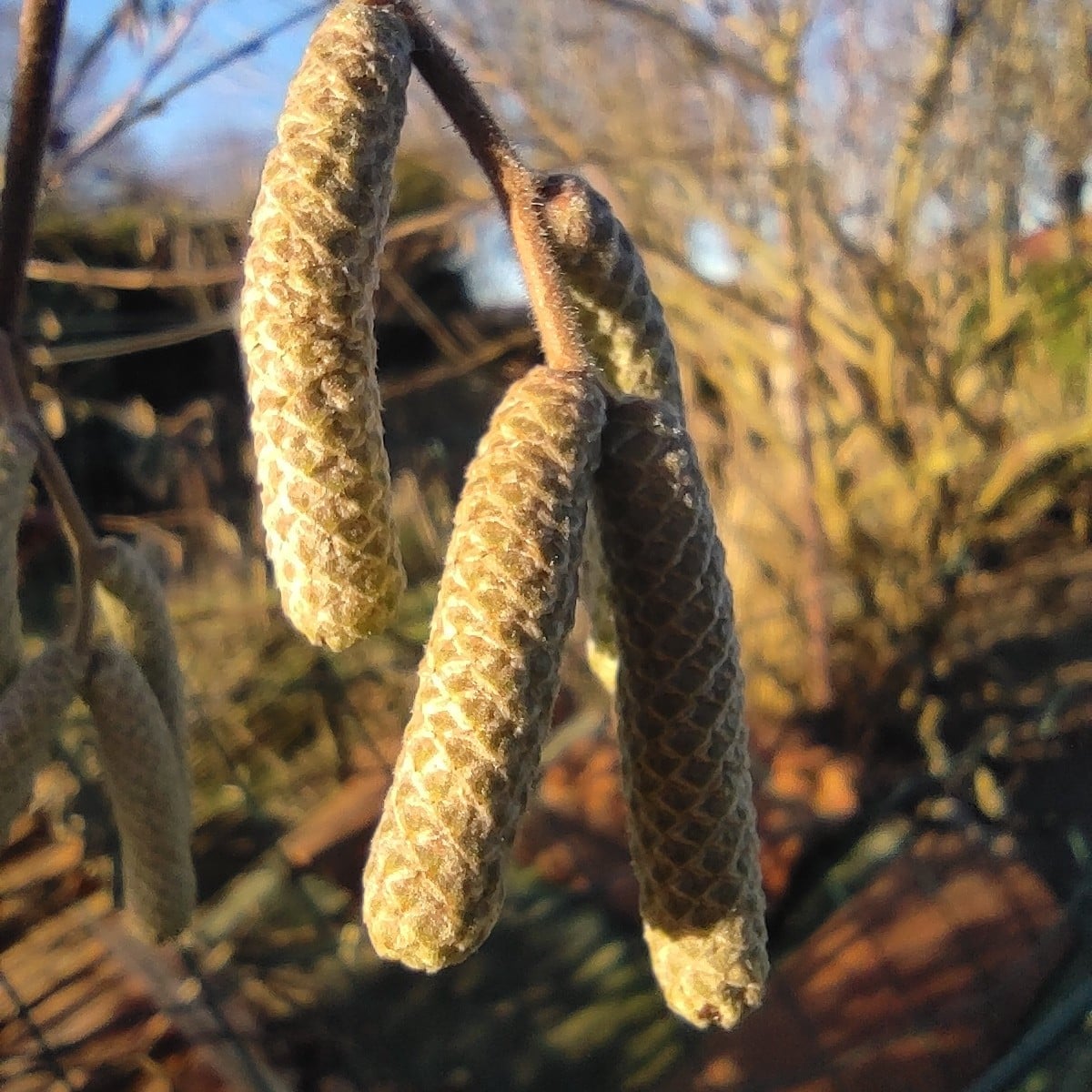
Without words
Show 1 answer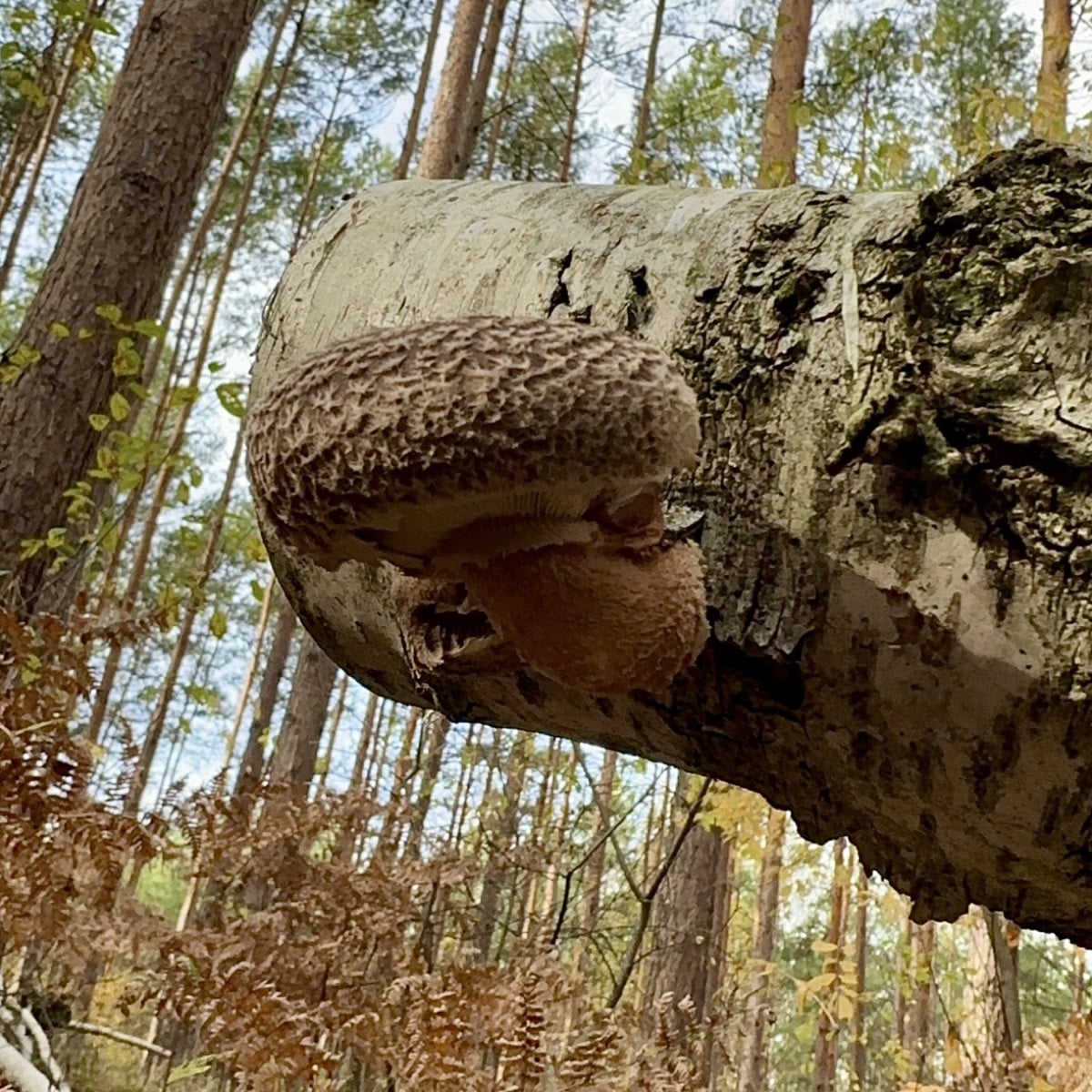
Liked 4 times
It may have actually worked with the shiitake smuggled into the fallen birch tree in our forest 🍄
Popular Articles
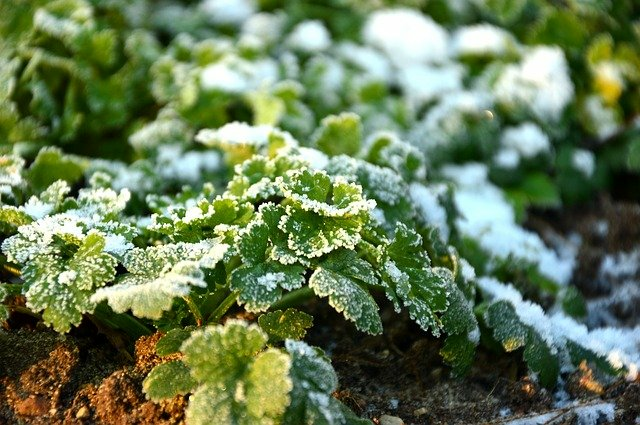
Overwintering Parsley: How to Do It Successfully
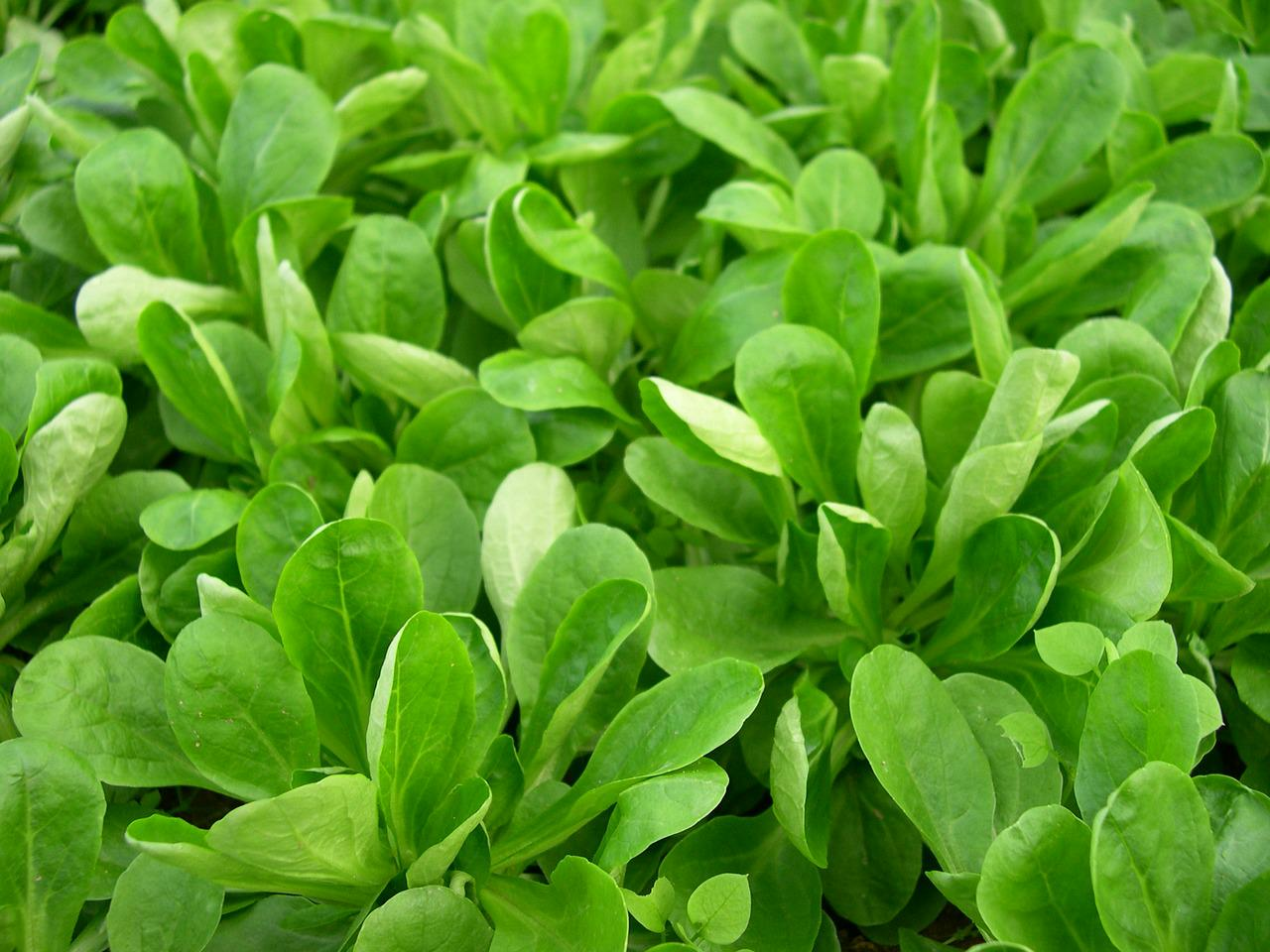
How to Grow Lettuce in Winter: Varieties, Sowing, Harvesting

Growing Sage Plant: Tips for Sowing and Harvesting
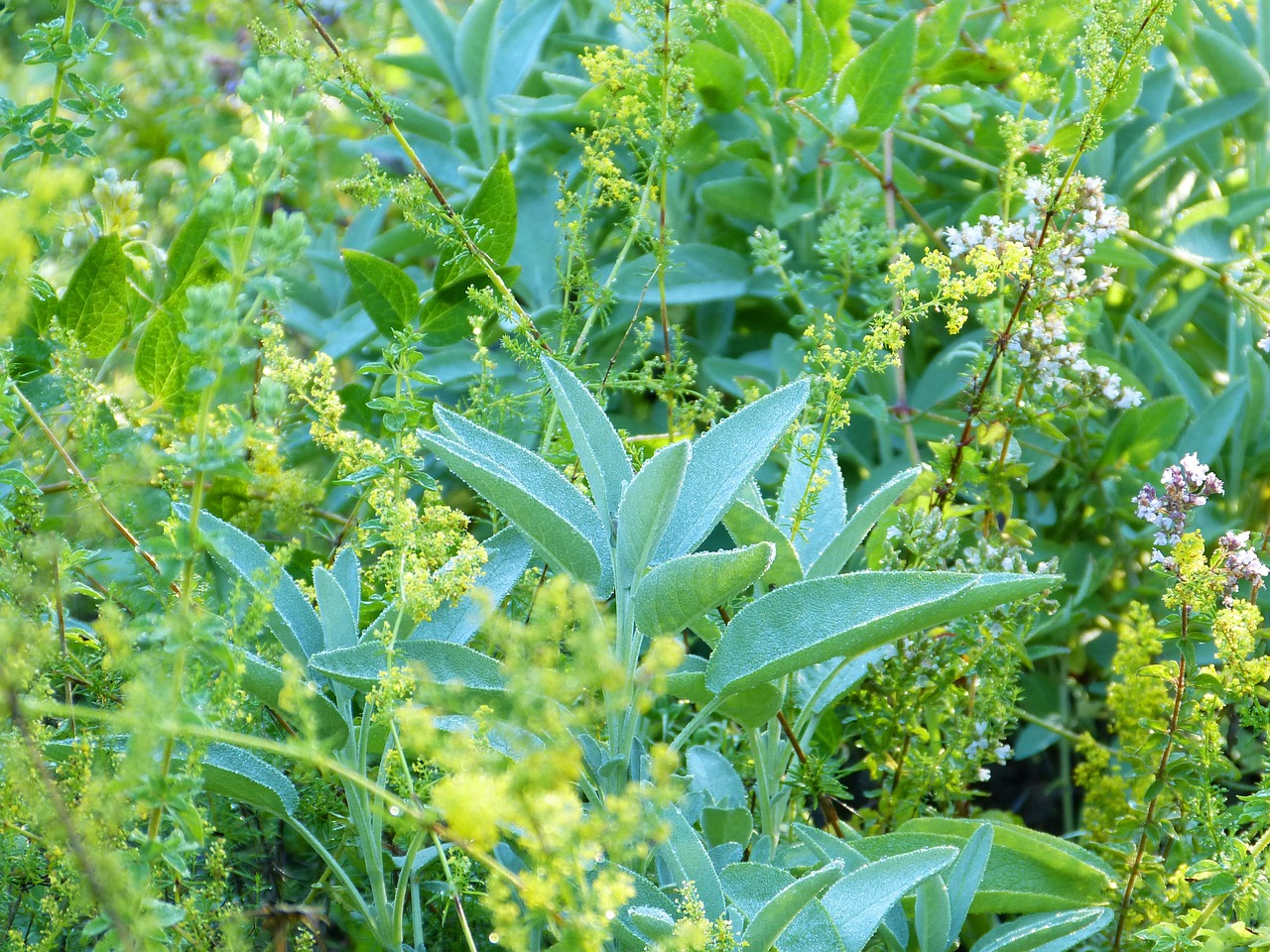
What Herbs Can Be Planted Together?
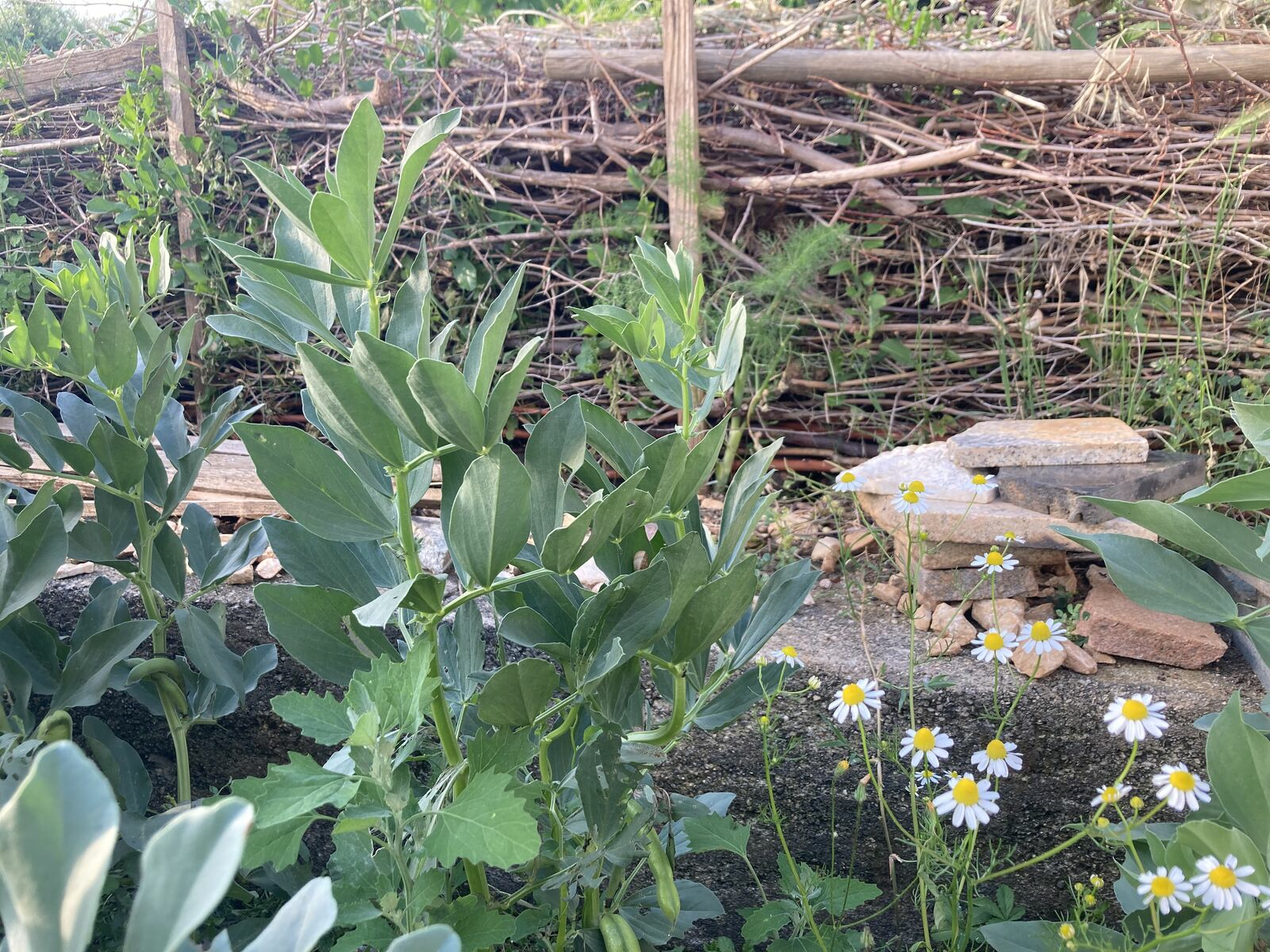
Create & Design a Permaculture Garden
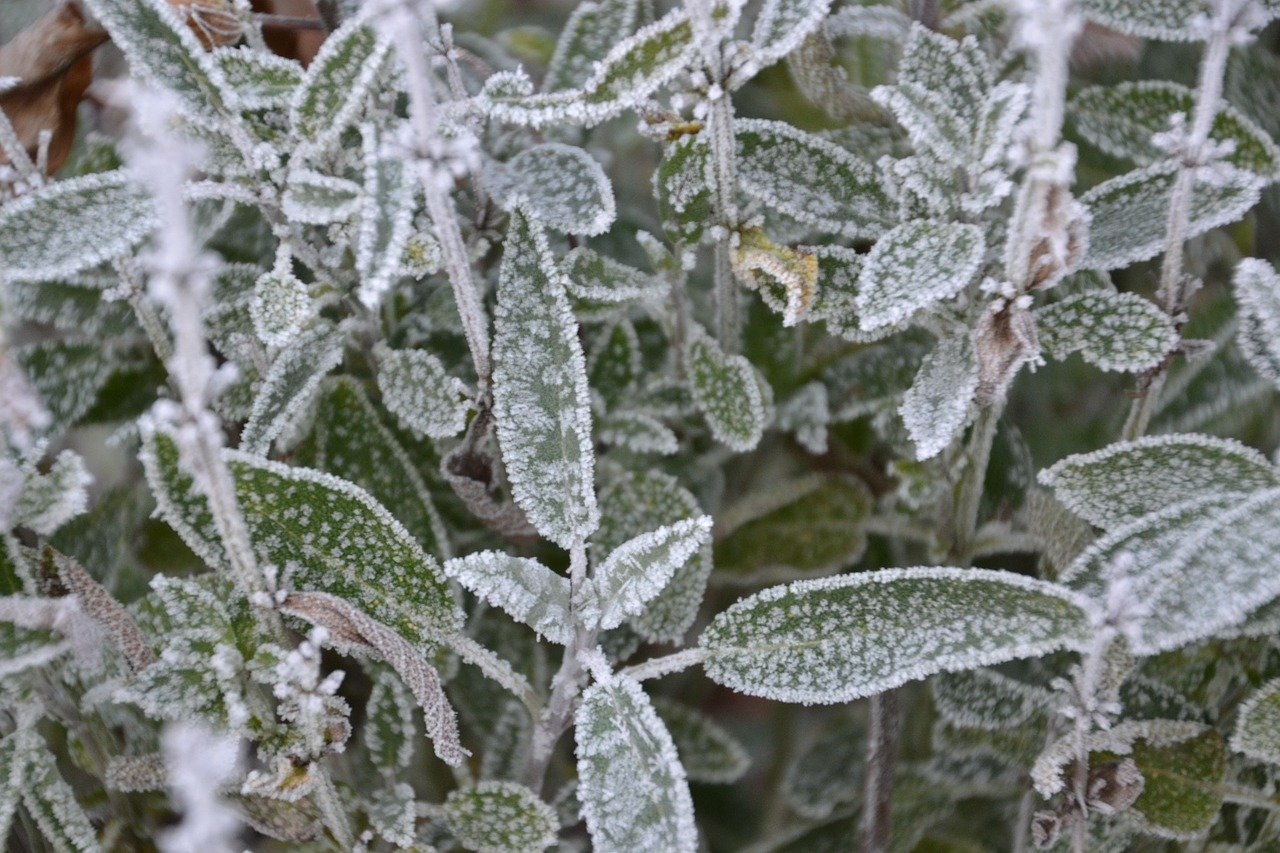
Overwintering Plants: Tubs, Pots and Raised Beds

Pruning, Fertilizing & Propagating Currants: Care Tips
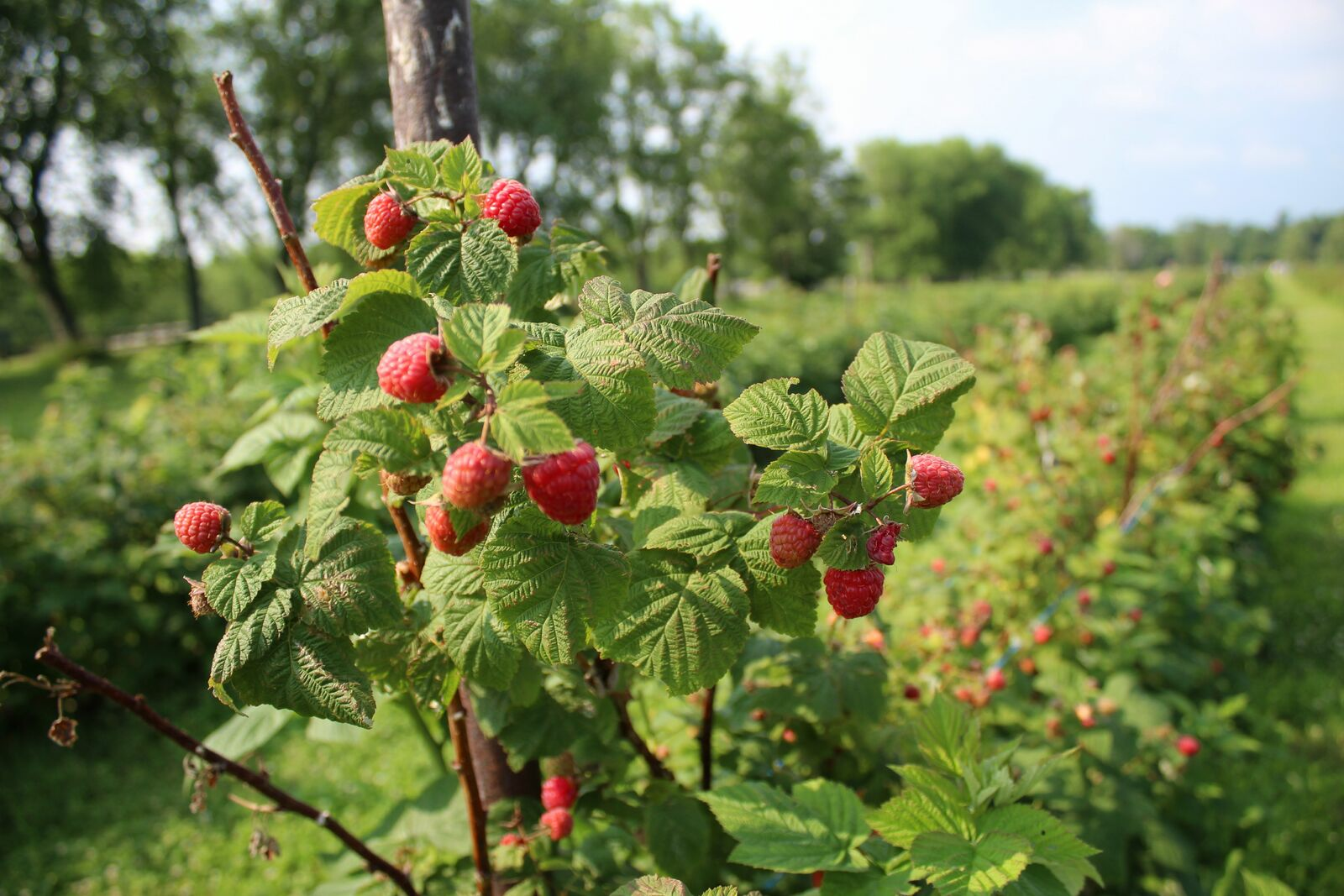
Pruning Raspberries: How to Do It
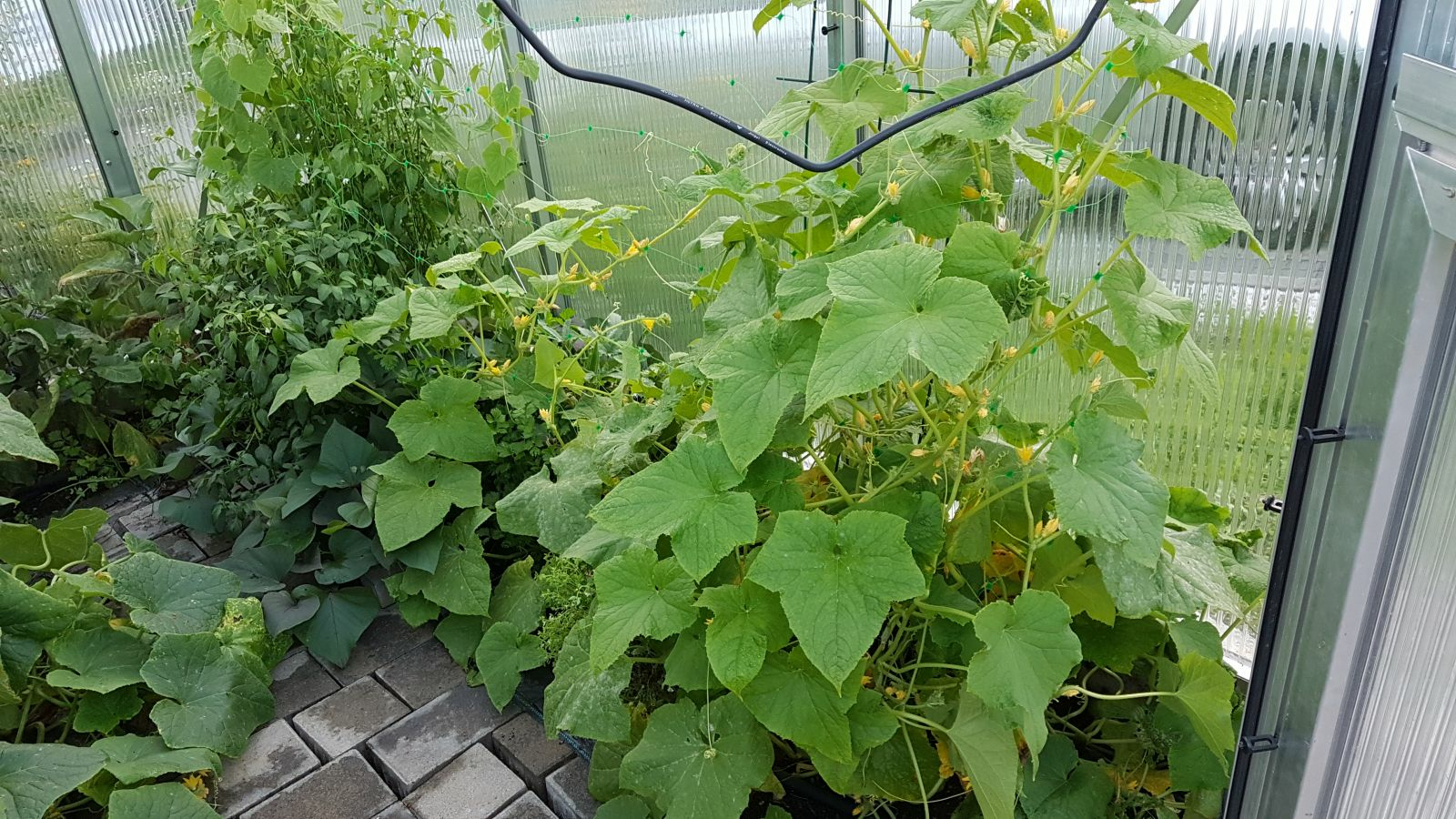
Vegetable Garden With Greenhouse: How to Use Greenhouse Effect

Winterizing Beds and the Garden: How to Do It
FAQ
This method avoids digging up the garden soil in order to preserve its natural structure, fertility and function.
What are the advantages of the no-dig method?
One of the advantages of this method is that by not digging, you preserve soil life and therefore soil fertility and structure. You can also suppress weeds with the no-till method. At the same time, you have less physical labour and more time to enjoy.
How do I create a bed without digging?
These beds are called lasagne beds or sheet mulching. With sheet mulching, you place organic material on your beds, which composts. To do this, alternate between green and brown material to ensure a good ratio of nitrogen to carbon.
What should I bear in mind when caring for lasagne beds?
Make sure that your lasagne bed is not too densely layered, otherwise it will rot. Moisture is also very important for composting, which is why you should water when it is dry. A layer of mulch helps to keep out unwanted weeds.